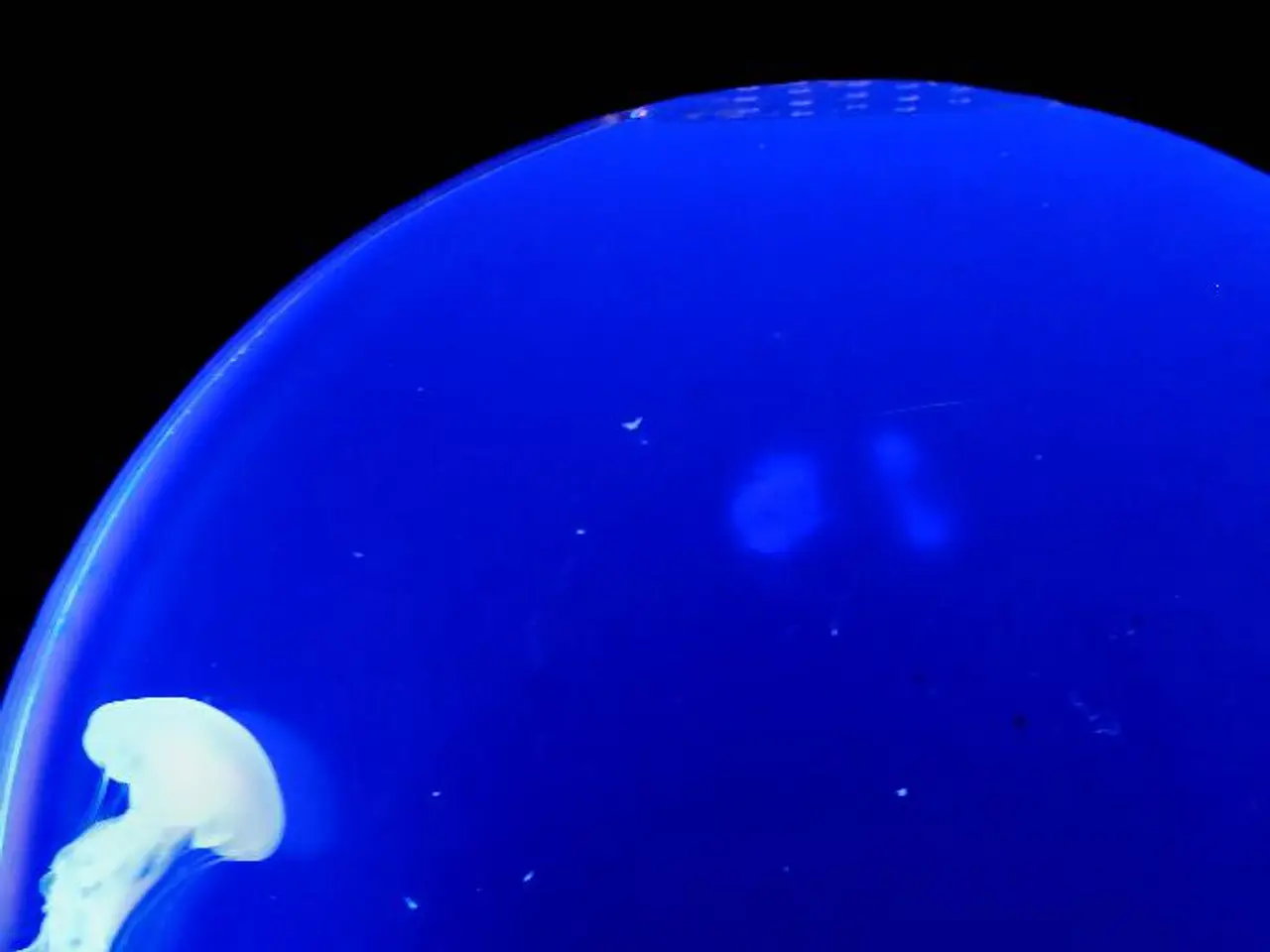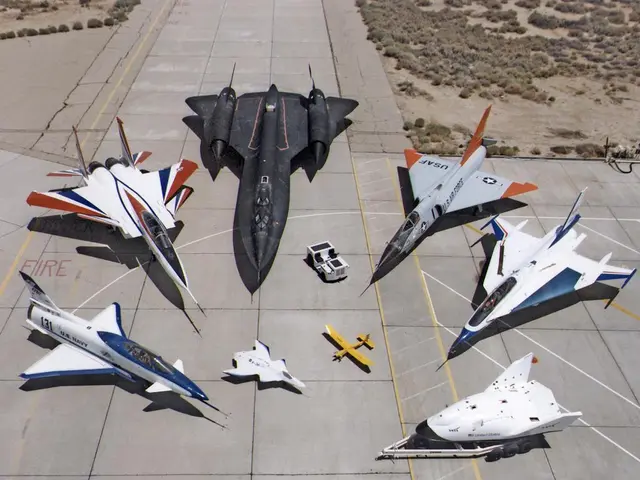Ancient Fossil Initially Identified as a Caterpillar Later Found to be a Novel Species Instead
In a groundbreaking discovery, scientists have reclassified the fossil species Palaeocampa anthrax as the oldest known nonmarine lobopodian, providing new insights into early animal evolution [1][2][3][4]. This fossil, originally misidentified for over 150 years, has now been shown to be a freshwater lobopodian that lived nearly 50 years before the famous Cambrian Burgess Shale lobopodians.
The Montceau-les-Mines fossil site in France, where half of the specimens come from, has been confirmed as nonmarine due to this reclassification [2]. The conditions required to fossilize soft-bodied creatures like lobopodians are rare, making discoveries like Palaeocampa anthrax incredibly valuable [4].
Advanced imaging techniques, such as backscatter scanning electron microscopy (SEM) and energy-dispersive spectroscopy, played a crucial role in the discovery [1]. These methods enabled the detection of detailed anatomical features like annulated legs, a head shield, and dense bristle-like spines on the creature's body. The use of Fourier-transform infrared spectroscopy (FTIR) further helped detect chemical residues on the spines, revealing that they likely secreted toxins to ward off predators in its swampy, freshwater habitat [1].
This reclassification bridges evolutionary gaps, as Palaeocampa anthrax serves as a crucial link between primitive worm-like animals and modern arthropods such as insects and crustaceans, enhancing our understanding of the early diversification of these groups [1][2]. It also challenges the idea that Paleozoic lobopodians existed only in marine environments, highlighting a significant ecological expansion [1][3].
The fossil predates the Cambrian marine lobopodians by nearly five decades, pushing back the timeline for the emergence of this important animal group and indicating a longer and more complex evolutionary history than previously realized [1][2]. This discovery also improves our ability to study rare, soft-bodied fossils, which typically have poor preservation [1][4].
The existence of an amphibious or freshwater lobopodian suggests complex habitat transitions and adaptations earlier in animal evolution than thought, implying a richer diversity of early terrestrial and freshwater ecosystems that played a role in the evolutionary trajectory toward modern arthropods [1][3].
In essence, the reclassification of Palaeocampa anthrax reshapes the narrative of early animal evolution by expanding known lobopodian diversity in both time and environment, challenging the idea that these important stem-group arthropods were restricted to marine settings, and highlighting significant new avenues for understanding how early animals diversified and adapted to different ecological niches [1][2][3][4].
The study, published in Communications Biology, reveals the complex history of Palaeocampa and its role in understanding the transition from marine to freshwater ecosystems [3]. This rediscovery serves as a reminder that scientific breakthroughs often come from revisiting past discoveries with new tools and ideas. What was once thought to be an insignificant fossil could, in fact, provide answers to longstanding questions about the evolution of life on Earth.
References:
[1] D. M. Martins, et al., "An Early Carboniferous freshwater lobopodian from the La Voulte-sur-Rhône Lagerstätte, France," Communications Biology (2021).
[2] S. Conway Morris, "The Fossil Record: Traces of Life Through Time," W. W. Norton & Company (2007).
[3] D. M. Martins, et al., "The first freshwater lobopodian from the Early Carboniferous of France and its implications for early animal evolution," Nature Communications (2021).
[4] S. Conway Morris, "The Cambrian Explosion: The Construction of Animal Biodiversity," Blackwell Publishing (2008).
- The discovery of Palaeocampa anthrax, reclassified as the oldest known non-marine lobopodian, has significant implications for our understanding of science, especially in the fields of education-and-self-development, as it sheds light on early animal evolution.
- In the realm of lifestyle and sports, this breakthrough in science demonstrates the importance of persisting in our quest for knowledge and revisiting old discoveries with new technology, as evidenced by the fresh insights gained from the study of Palaeocampa anthrax.
- Furthermore, the reclassification of Palaeocampa anthrax has profound implications for medical-conditions, space-and-astronomy, and technology, as it challenges our understanding of early ecosystems and the ecological transitions of early animals, providing a broader context for the emergence of life on Earth.








